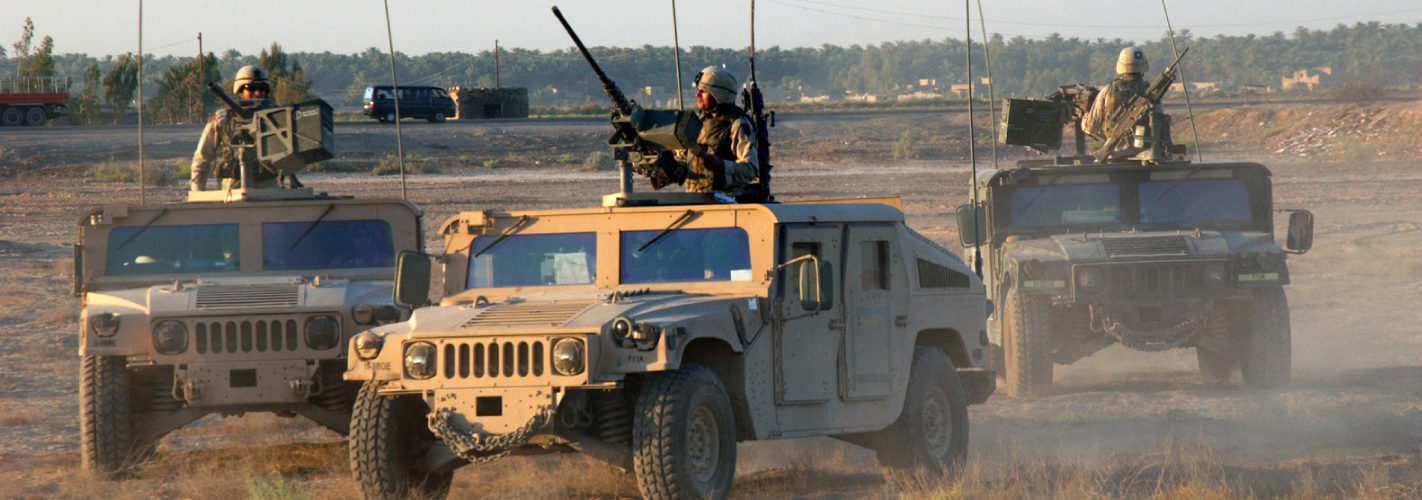The sudden and all-but-total withdrawal of the United States from Afghanistan has caught the world by surprise.
Since mid-August, the discourse has focused on the chaotic nature of the pullout itself. Throngs of desperate Afghans at airports, U.S. weapons and equipment being raided by Taliban troops, we’ve all seen the images.
But the spectacle of America’s departure, as unsettling as it may have been, has masked the real concern moving forward.
Afghanistan is, and has always been, of great strategic importance in Central Asia. Trade, commercial movement, and security of the region have all been massively influenced by the goings-on in Afghanistan. This is why for literally thousands of years, Afghanistan has been at the center of regional war and conquest. Persians, Greeks, Hindus, and in more recent times the Soviets and the United States, have all fought over this area for reasons just as varied as the countries themselves.
The real problem facing much of the world today regarding Afghanistan is the sweeping intelligence gap that’s been left in wake of the pullout.
While the two-decade NATO campaign was never a paragon of success, during its heyday, coalition countries operated a variety of intelligence networks throughout Afghanistan including significant numbers of human informants. This granted both military and political leaders vital insight into developments in various parts of the country, operations of foreign actors and stakeholders, and militant group activity. This was all undone when the allies departed. Even journalism in the country has been drastically affected by the withdrawal. Reporting in Afghanistan has never been ‘safe’. But just the mere presence of Western military might allowed for significantly more freedom of movement by journalists in the country. To be sure, there is still news reporting in Afghanistan today, but it is largely controlled and orchestrated by Taliban officials who are desperately trying to control the images and emerging narrative on how the new Islamic Emirate is faring.
This halt of information flow has come at a time when the “New Afghanistan” is taking shape. The millennium-old regional interests in Afghanistan have not disappeared just because the Americans have left.
Today there is a slew of ongoing issues in Afghanistan affecting regional if not global repercussions.
According to the CIA, there are no fewer than fourteen distinct terror groups operating in Afghanistan today, nearly all of whom have international ambitions. The vast territory of Afghanistan and its Islamist-sympathetic population provide fertile breeding ground for these groups. While the Taliban has officially pledged to disassociate with these groups and clamp down on their activities, it is difficult to imagine how these commitments will be enforceable by leadership in Kabul as many factions within the Taliban remain closely connected to these organizations, including the likes of Al-Qaeda and Islamic State.
The strategic positioning of Afghanistan, its abundant natural resources, and industrial/production capacity make it a prime target for exerting influence by a long list of foreign powers. China, Iran, and Pakistan are at the top of this list. Strapped for cash and desperate to solidify ties with neighboring countries, the Taliban has already begun allowing a foothold for these nations.
All of these developments will have a drastic impact on the geopolitical and security balance in Central Asia and the broader MENA region.
The problem is, the West and many other governments with a stake in those developments are flying blind. During the months since the pullout, a range of experts have been urging the U.S. and others to re-posture their intelligence assets in the region. Otherwise, its ability to mitigate the terrorist threat and navigate the political realignment will be substantially degraded. This is easier said than done. With the intelligence apparatuses of the coalition completely shut down during the withdrawal, what’s required is, quite literally, a building up from scratch. Without troops on the ground, deploying advanced tools for SIGINT collection is unrealistic. Even deploying overhead reconnaissance missions is unfeasible in the near to mid-term. The best recommendations that have been offered thus far is for the U.S. and others to shift some of their long-range intelligence platforms back to Afghanistan. The problem is, observing from afar can only do so much. When it comes to intelligence, presence matters.
What is needed at this point is the development of a robust human intelligence network in Afghanistan. One that can offer essential on-the-ground intel on activities taking place in this very new, post-war state.
The good news is the resources for such a network already exist. Indeed, many assets utilized by the coalition are still to this day, at work collecting and reporting with the hopes that their efforts can produce a positive impact for their country. Within the fast pace of change in Afghanistan today, there is still real opportunity. The United States and its allies can capitalize on intelligence assets and develop the means to stay informed and aware of the critical developments in the country.

















